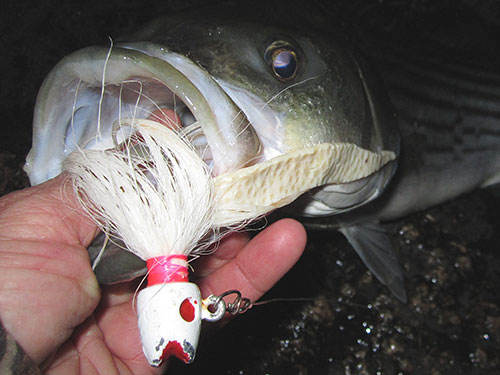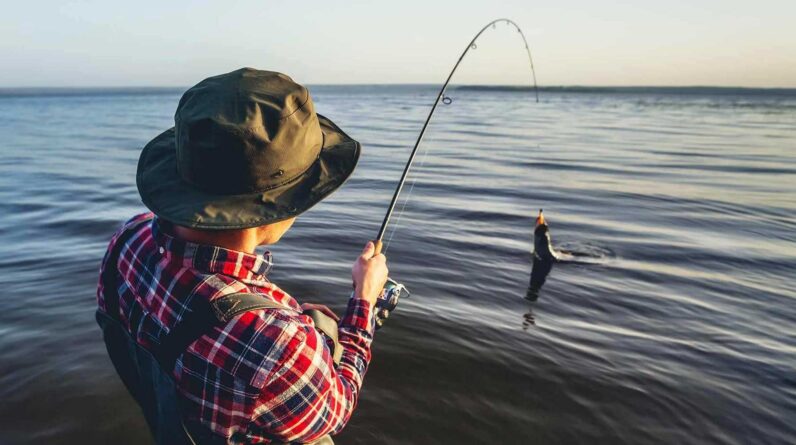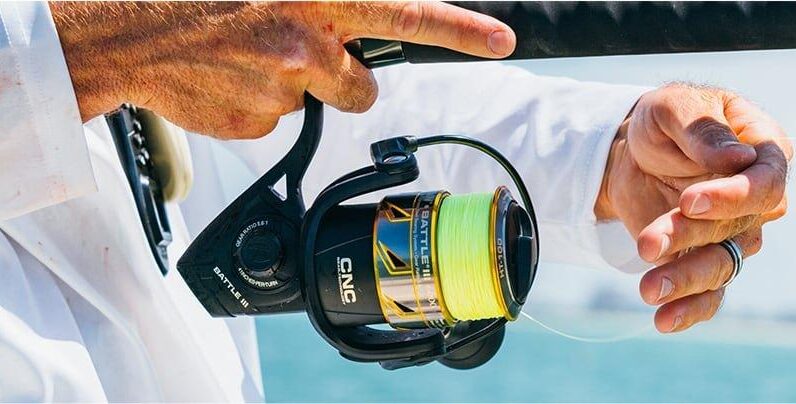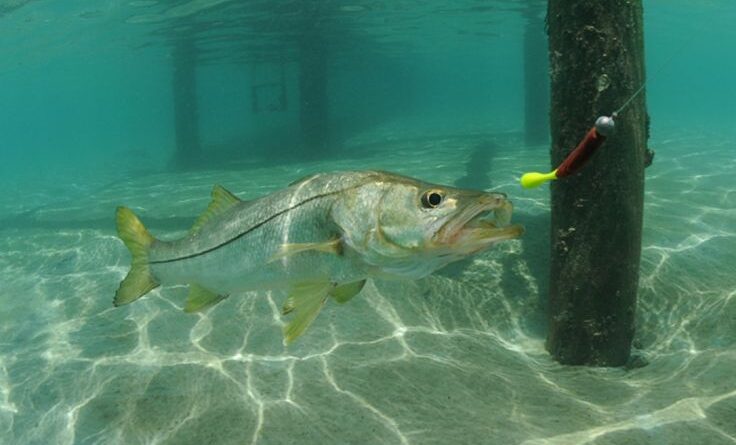Fishing, an age-old practice that has evolved from primitive methods to sophisticated techniques, offers a myriad of tools and baits for anglers to explore. One such timeless classic in the angler’s arsenal is the bucktail jig. This unassuming yet highly effective lure has been a favorite among fishermen for decades, consistently proving its worth in a variety of fishing scenarios. In this blog post, we will delve into the intricacies of the bucktail jig, exploring its history, design, and tips on how to make the most of this versatile fishing lure.
The Origins of the Bucktail Jig
The bucktail jig traces its origins back to the early 20th century when anglers sought a versatile and reliable lure for catching a wide range of fish species. The design was simple yet ingenious – a lead head adorned with natural bucktail hair, creating a lifelike appearance in the water. The effectiveness of this design quickly caught on, and the bucktail jig became a staple in the tackle boxes of anglers worldwide.

Anatomy of a Bucktail Jig
1. Lead Head
The lead head of a bucktail jig serves two primary purposes: providing weight for casting and creating a realistic movement underwater. The weight allows for accurate casting to specific fishing spots, while the shape of the head determines the action of the jig as it sinks and is retrieved.
2. Bucktail Hair
The defining feature of the bucktail jig is its use of natural bucktail hair. This material mimics the appearance of baitfish, enticing predatory fish to strike. The hair also imparts a natural buoyancy to the lure, giving it a lifelike movement in the water that attracts the attention of nearby fish.
3. Skirt
Many modern bucktail jigs come equipped with a skirt made from synthetic materials or additional natural fibers. This skirt enhances the overall profile of the lure, providing additional movement and increasing its visibility underwater.
When and Where to Use Bucktail Jigs
The versatility of bucktail jigs makes them suitable for various fishing conditions and environments. Here are some scenarios where anglers can maximize the effectiveness of this classic lure:
1. Saltwater Fishing
Bucktail jigs are highly popular in saltwater environments, where they excel at imitating the movement of baitfish. They are particularly effective for species like striped bass, fluke, and bluefish.
2. Freshwater Fishing
In freshwater, bucktail jigs can be used to target a range of species, including bass, walleye, and pike. Their lifelike action and versatility make them a favorite among freshwater anglers.
3. Vertical Jigging
Bucktail jigs are excellent for vertical jigging, a technique where the lure is dropped and retrieved vertically. This method is effective in deep water or when fish are holding near the bottom.
Tips for Success
To make the most of your bucktail jig, consider the following tips:
- Experiment with Colors: Different fish may respond to different colors, so it’s worth experimenting to see what works best on a given day.
- Vary Your Retrieval Speed: Adjust the speed of your retrieve to mimic the natural movement of baitfish. Sometimes a slow, steady retrieve is effective, while other times a more erratic retrieve may trigger strikes.
- Combine with Live Bait: Adding a small piece of live bait, such as a minnow or worm, to your bucktail jig can increase its appeal to fish.
FAQs
How Do I Choose The Right Size Of A Bucktail Jig For Different Fish Species?
Selecting the appropriate size is crucial for success. Larger jigs are ideal for bigger game fish, while smaller ones cater to panfish and finesse applications.
Can I Use A Bucktail Jig In Saltwater And Freshwater Environments?
Absolutely! The bucktail jig is a versatile lure suitable for both saltwater and freshwater fishing. Its adaptability makes it a favorite among anglers targeting various species.
What Colors Are Most Effective For Bucktail Jigs?
Natural hues like white, chartreuse, and brown are generally effective, but experimenting with colors based on water clarity and conditions can yield exceptional results.
How Can I Enhance The Durability Of My Bucktail Jig?
Coating the jighead with epoxy, proper storage, and occasional maintenance, such as trimming worn-out bucktail fibers, contribute to the longevity of your bucktail jig.
Are There Specific Seasons When The Bucktail Jig Is More Effective?
While the bucktail jig is effective year-round, it tends to shine during spring and fall when fish are actively feeding. Adjusting your tactics based on the season can lead to greater success.
Can Beginners Effectively Use The Bucktail Jig?
Certainly! The bucktail jig is beginner-friendly, offering a forgiving learning curve. Practice different retrieval techniques in various environments to build confidence and proficiency.
Conclusion
In the ever-evolving world of fishing, the bucktail jig remains a steadfast and reliable choice for anglers of all levels. Its simple yet effective design, combined with the versatility to adapt to various fishing scenarios, ensures its enduring popularity. So, the next time you head out to the water, consider adding a bucktail jig to your tackle box – you might just reel in the catch of the day.






